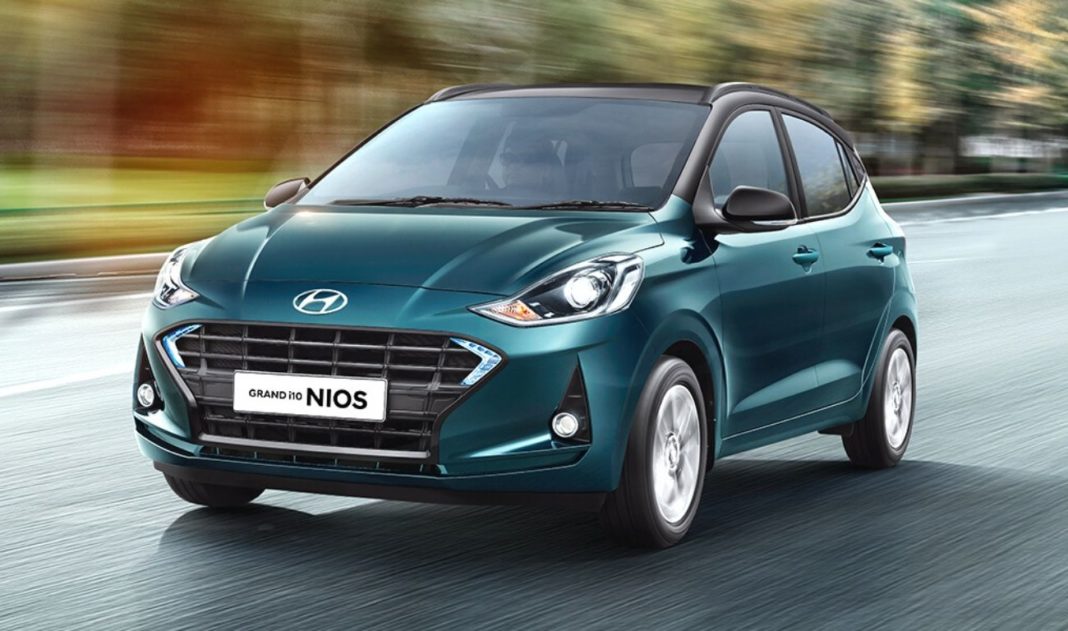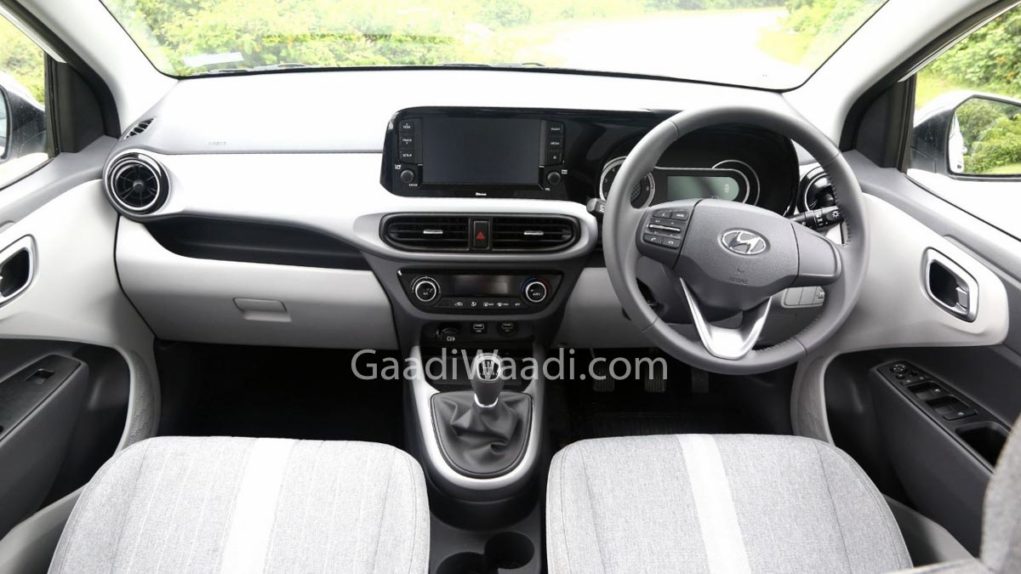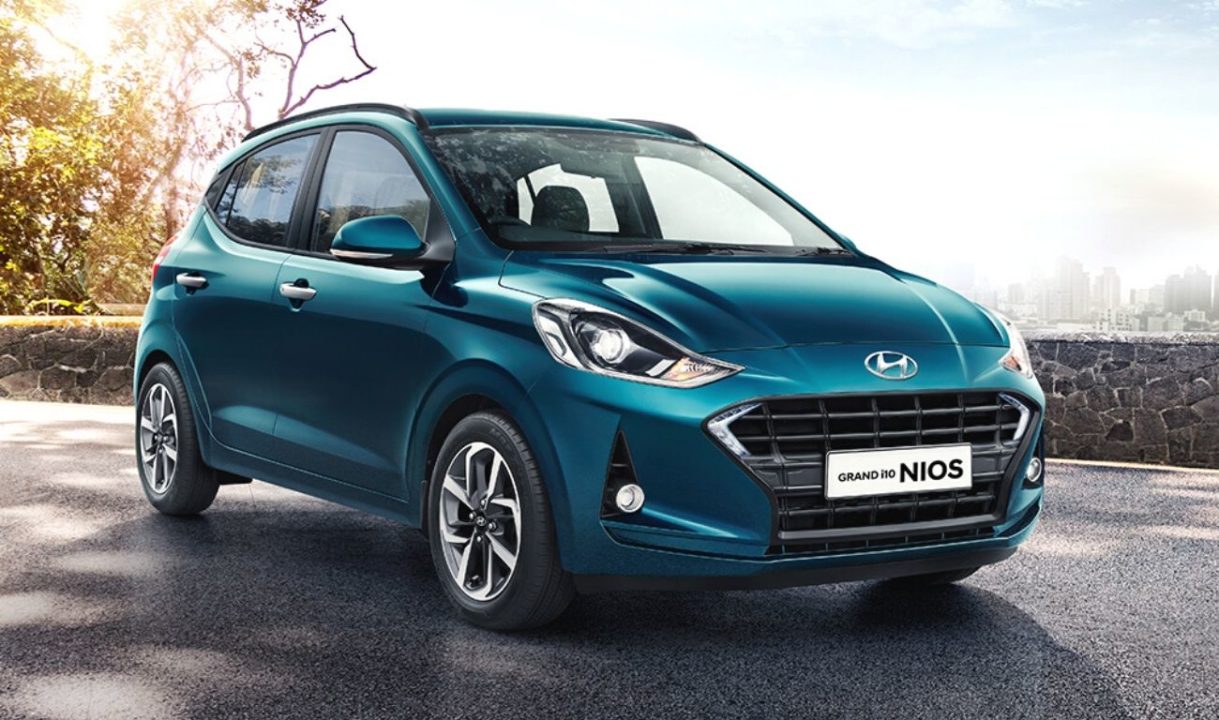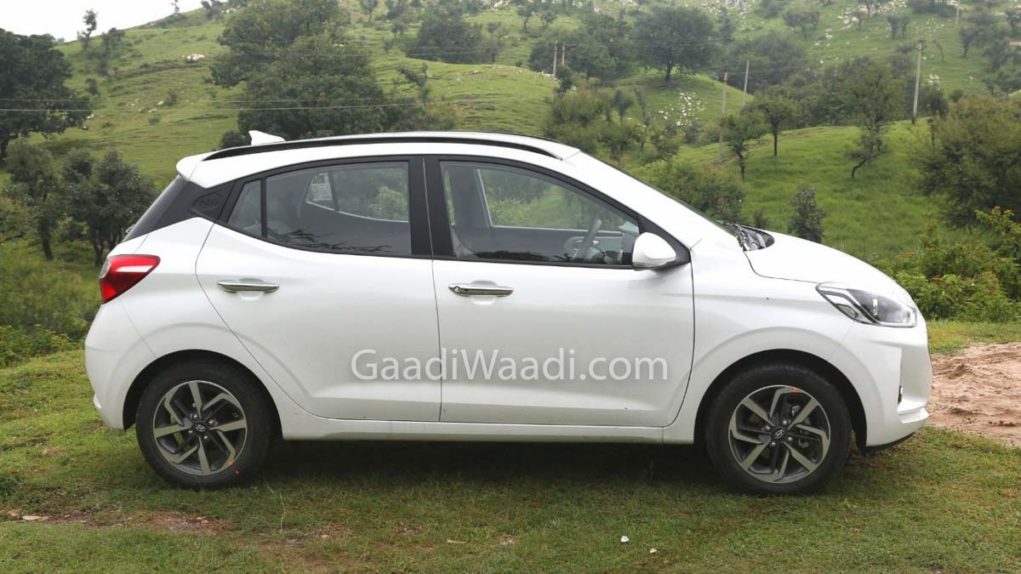
The Hyundai Grand i10 Nios is currently priced from Rs 5.19 lakh to Rs 8.40 lakh (ex-showroom), and rivals the likes of the Maruti Suzuki Swift, Tata Tiago and Ford Figo
The Hyundai Grand i10 Nios currently puts up in one of the most competitive segments in the Indian market, and mind you, challenging the best-selling Maruti Suzuki Swift is no easy task. However, the Grand i10 Nios has so far managed to impress Indian buyers, and the hatch puts on good numbers on the monthly sales charts.
While the Grand i10 Nios seems like a value for money offering, there are still a few things we’d like changed about the hatch. Here is a list of the top 5 things we love about the Hyundai Grand i10 Nios, and the 5 we don’t –
Good: Looks
The Hyundai Grand i10 Nios looks good both on the outside as well as the inside. The projector headlamps, large radiator grille, dual-tone diamond-cut alloy wheels, shark-fin antenna as well as roof rails – all seem to work in its favour.

Bad: Similarities To Santro
The front fascia of the Grand i10 Nios features some similarities to the more affordable Santro. The headlamps, the bonnet and even the Hyundai emblem that is placed on the front bumper remind you of the smaller Hyundai hatch.
Good: More Powertrain Options Than Rivals
Hyundai offers the Grand i10 Nios with two petrol powertrains and a diesel engine. The 1.2-litre naturally aspirated four-cylinder engine is rated at 83 PS/114 Nm, while the 1.0-litre TGDi three-cylinder turbo petrol motor produces 100 PS of max power and 172 Nm of peak torque. Also on offer is a 1.2-litre three-cylinder diesel engine that makes 75 PS and 190 Nm.
Bad: Narrow Size Means It’s Best For 4
The Hyundai Grand i10 Nios has a width of 1680 mm, which means that fitting three adults at the back wouldn’t be a good idea on long rides. The hatch is best to seat four.
Good: Power-To-Weight Ratio
The Grand i10 Nios has a kerb weight of around 980 kg, which means that it has the best power-to-weight ratio in the segment. The turbo petrol variant has a power-to-weight ratio of over 1 PS/kg.
Bad: Turbo-Petrol Engine Only Offered With MT
The 1.0-litre TGDi engine can only be had with a 5-speed manual gearbox, while the NA petrol and diesel engines both get an optional automatic.
Good: Plethora Of Features
Hyundai offers the Grand i10 Nios with an 8-inch touchscreen infotainment system with Android Auto and Apple CarPlay connectivity, a wireless charger, automatic climate control, rear AC vents, keyless entry, a height-adjustable driver seat, a 5.2-inch digital speedometer, electrically adjustable and retractable wing mirrors, iBlue smartphone remote application and a cooled glove box as well.
Bad: Some Misses On Turbo Trims
While its equipment list is vast, the Grand i10 Nios Turbo variants miss out on some essentials like a full-size spare tyre, adjustable neck restraints, rear washer & wiper.
Good: Mileage
The Hyundai Grand i10 Nios has an ARAI-claimed mileage of 20.7 kmpl for the 1.2-litre MT variants, 20.5 kmpl for the petrol automatic variants, 20.3 kmpl for the turbo-petrol trims, and a 25.1 kmpl rating for the diesel engine.
Bad: Safety Rating
The Hyundai Grand i10 Nios scored a poor score in the Global NCAP’s crash test rating. The hatchback only managed to secure two stars for adult safety and two stars for child safety in the crash tests, and its bodyshell integrity was rated unstable by the organisation. Considering the more affordable Tata Tiago scored four stars in the same tests, Hyundai needs to work on making the Grand i10 Nios a safer car than it currently is.



